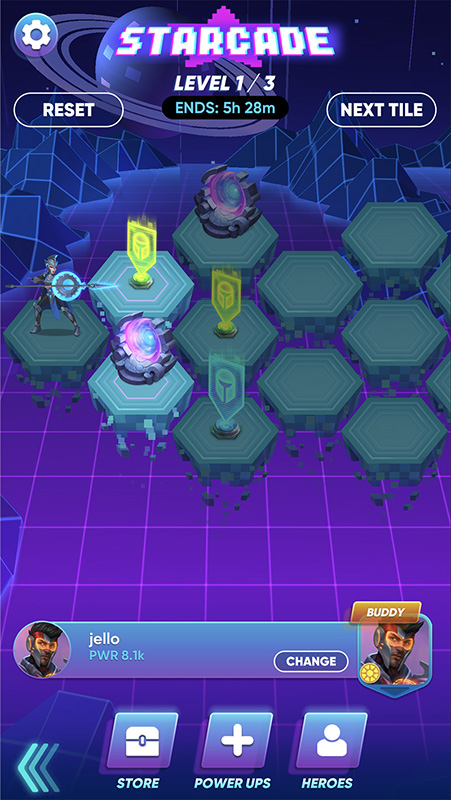Programmer Art
Game developers know that early on when developing a game it’s more important to find the fun in your game than it is to make it look perfect. In the interview with Kristin Agcaoili, she talks about how she uses “engineering art” when developing games to get new features built. This allows her to solicit feedback early to see if the game is fun before going too far with development.
Engineering art, or programmer art, are rough approximations used during early game development. Almost always created by engineers themselves as they code the game, programmer art is used as a placeholder for the actual art that will eventually be used. Developers often make colored boxes, or simple drawings to represent characters, levels, or other parts of the game. Even though the game is likely ugly, this lets everyone on the team play through the game to see which parts are fun and which parts still need work.
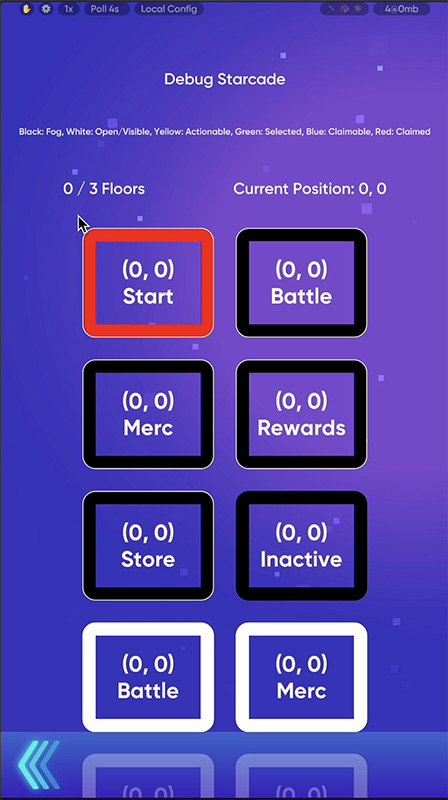
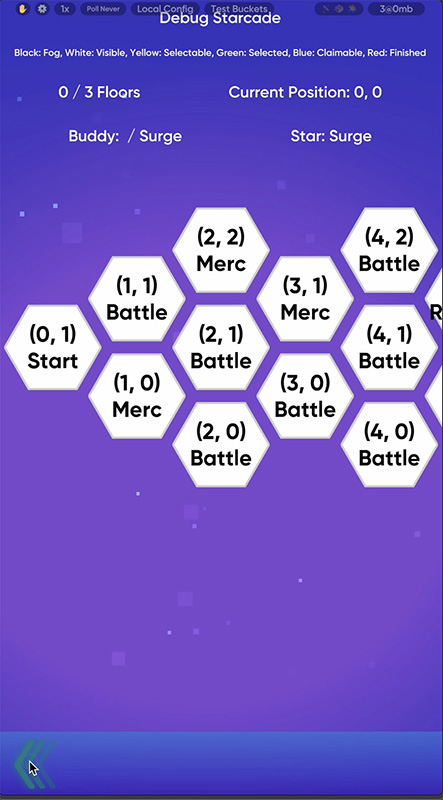
Developers often refer to each piece of art as an “asset” and many individual assets are typically needed in a game. Engineers and artists must work together to decide how many assets are required for their game, and typically a large list is made to track each asset’s progress and where they will be used in the game. Early on this list changes frequently until the team gets a good understanding of what the game will be. Engineers generate programmer art for each item on the list so they can continue to build the game while the artists spend their time making the final art.
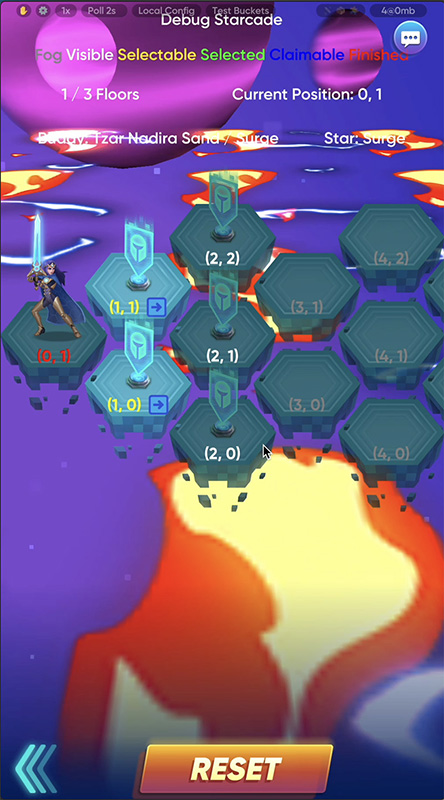
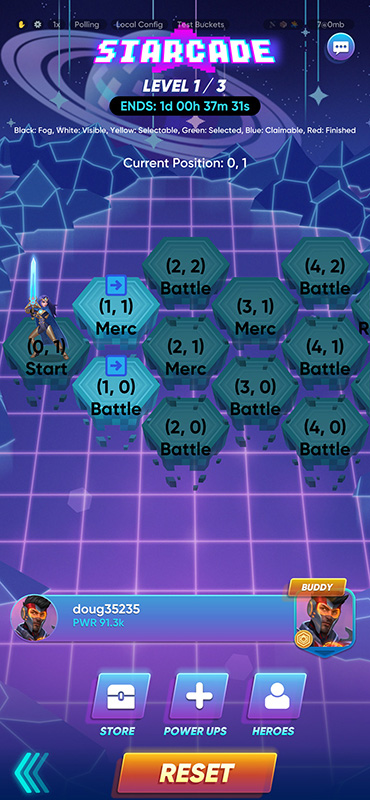
As game artists work on the final art, they can replace the programmer art to see how it appears in game. This lets everyone get an early view of what the game will look like and changes can be made while development continues. When complete, all programmer art is swapped out with the final assets, leaving the game looking more polished and production ready.
